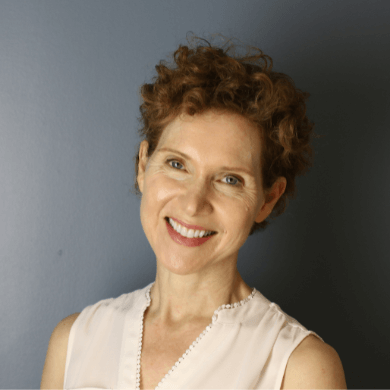About Osteopathy
Osteopathy is a natural medicine that aims to restore function in the body by treating the causes of pain and imbalance. To achieve this goal the Osteopathic Manual Practitioner relies on the quality and finesse of his/her palpation and works with the position, mobility and quality of the tissues.
The goal of treatment is to relieve pain, improve mobility and restore health and vitality. A treatment plan is formulated by understanding the relationship between the structures of the body and how well it functions and knowing the connections between all the tissues, fluids, organs and systems of the body. Osteopathic practitioners study for years to develop very sensitive palpation skills. Many gentle tests and techniques are used to find and treat the root causes of dysfunction and not just chase the symptoms.
Frequently Asked Questions About Osteopathy
That said, the practice of osteopathy is a gently and non-invasive one, and though there are risks with any form of manual therapy, osteopathic practitioners are trained to use risk assessment and risk management when needed. Generally, treatments are not painful and relatively low-risk.
Conditions commonly treated include:
• Pelvic floor problems, including coccyx pain
• Sprains and muscle strains
• Back or neck pain, whiplash
• Chronic pain syndromes
• Headaches, migraines
• TMJ (jaw) pain
• Digestive functional disorders (e.g., IBS, chronic constipation)
• Infants with colic, torticollis, reflux.

